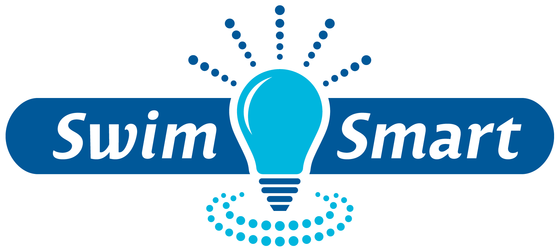What makes a Great Swimming Program? A Case Study
What makes a Great Swimming Program? A Case Study
In the middle of Iowa (aka…nowhere) the small college town of Ames is home to Iowa State University, 30,000 permanent residents and one of the most dominant age group and high school swimming programs for almost a decade. On the girl’s high school side they have won seven out of the last eight state championships and back to back NISCA national championships. The boys have been touched out of state titles too many times to count, but this year they finally got out of the drought and took home the title despite having won only one event and possibly having the shortest average height of any team at the meet. On the club side, Ames Cyclone Aquatics Club (ACAC) is a Bronze level club ranked 211th (2018) nationally and has consistently achieved in the top two of Iowa’s virtual championship in the last five years while competing with cities that have 2, 5 and 10 times the population!
The question is how? Here are some thoughts from a local observer who has been around this team for 15 years. For this case study, we will talk about the high school and club teams as if they are one.
- Limited Number of Training Groups
The 150-ish club athletes are divided into one learn to swim group and only four competitive training groups: Novice, Age Group, Pre-senior and Senior. There is no subdivision within those groups! Groups are created based 90% on age and 10% on skill. This way, the kids train with their friends and develop a strong team atmosphere. The kids also get to spend time with swimmers who are better than them and they can watch and see what it will take to achieve that next level. And so the habits of the well-developed top swimmers trickle down and shape the bottom, elevating everyone in the group.
- Only Show in Town
Because there is only one high school and one club sharing one pool, the Ames swimming program is the only show in town. That means no club hopping and athletes need to learn to work with their coaches and teammates. On the other side, because no one ever “hops into” the team, coaches can’t rely on waiting for talent to walk through the door. They have to develop what they get, period.
- No Practice or Swim Meet Attendance Requirement for the Club Team
Yes, you read that right. There is no punishment or not coming to practice and there are no requirements to go to meets. There are expectations and lots of encouragement, but no penalties. Forced commitment is not as valuable as earned commitment.
- Swim Lesson Programs
Adding a dedicated swim lesson program like Nemo's Swim School can do a few things to boost your team. First, it's a feeder program for your club so you can easily add to the roster as kids graduate from lessons to the club side. Second, your new swimmers will actually know how to swim and have a head start on others. Lastly, swim lessons are a huge boost to income. Coaches and teams that have to spend time worrying about making payroll have less time to worry about making swimmers fast!
- Coaching: Variation, Motivation and Teamwork
Besides having great coaches all around (duh...), the head club and high school coaches have very different styles and complement each other well. One is laid back while the other is more micro-managy. But that is where the differences end. Both coaches give constant motivational talks to their swimmers about teamwork and making the most of the gifts and opportunities they are given. In addition, the coaches are humble and constantly communicate throughout the year about how to improve what they are doing and how to help individual swimmers achieve their goals.
- Dedicated Parents who run Great Swim Meets
Attracting big clubs to little old Ames Nowhere Iowa is a challenge, but great swim meets run well (with awesome hospitality) goes a long way towards attracting great competition and challenging our own club swimmers.
- Time Off: At Least One day a Week, and up to Three Weeks off between Seasons
Rest and recovery are just as important as hard training. The big break in between seasons helps drive that “itch” for returning to the pool and prevents burnout (a word we never hear in Ames). Most of the athletes never really take the time off, they just do something else on their own like running and dryland.
- Swimming Pretty
From Novice to High School champs, technique is everything. Visiting college coaches frequently comment on the swimmer’s technique proficiency and the coaches on deck just can’t stand to watch ugly swimming and work hard to develop every swimmer’s best looking swimming.
- Beyond City Limits
From stem to stern, the club spans about 150 miles and attracts athletes from towns that are an hour away in either direction. When you have parents and swimmers driving at 4:30 in the morning to make a 5:30am practice time, it holds everyone else to a higher standard and commitment level.
- Inclusion, Inclusion, Inclusion
No cut policy, everyone is welcome to come out. It has its challenges, but word spreads about how much fun it is and everyone comes out. Dry sport athletes also learn about the positive effects of swim training. This past winter the boys team had over half of the track and baseball team out for swimming. Also, the high school coach has multiple ways of recognizing positive performance (behaviors). This leads to kids wanting more, wanting to get better and the seed has been planted for them to pursue more swimming at our club.
This is just our experience and some thoughts to go along with it. What’s your secret sauce that makes your team stand out?






